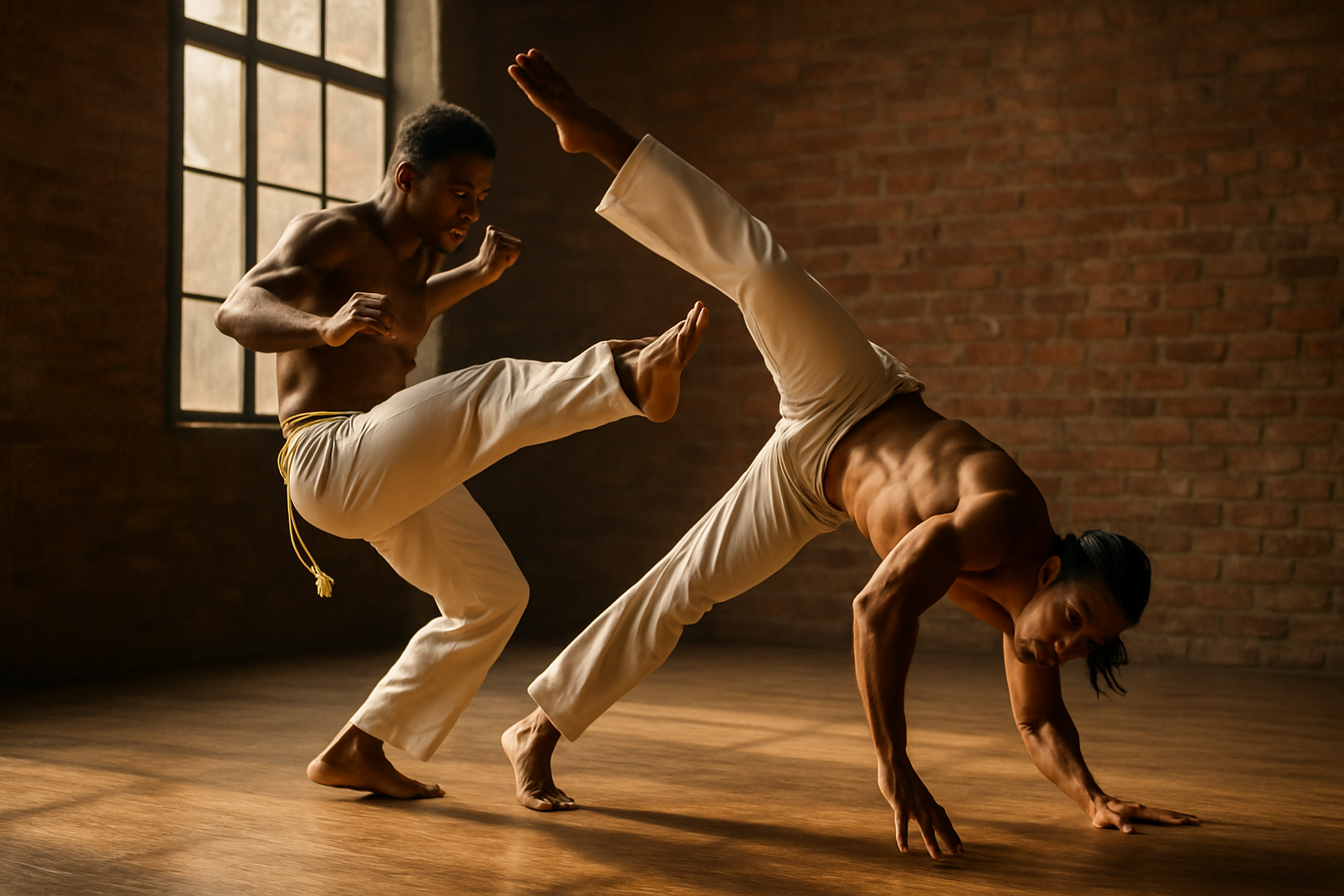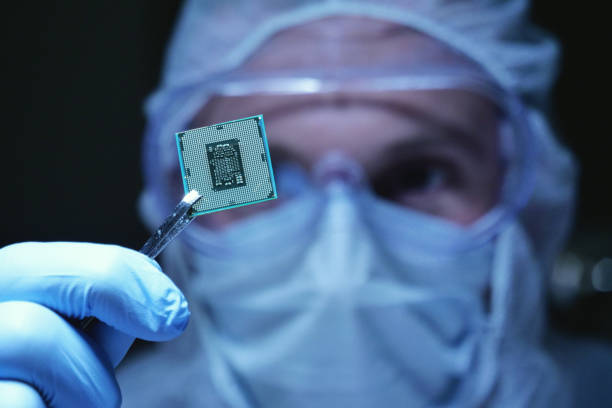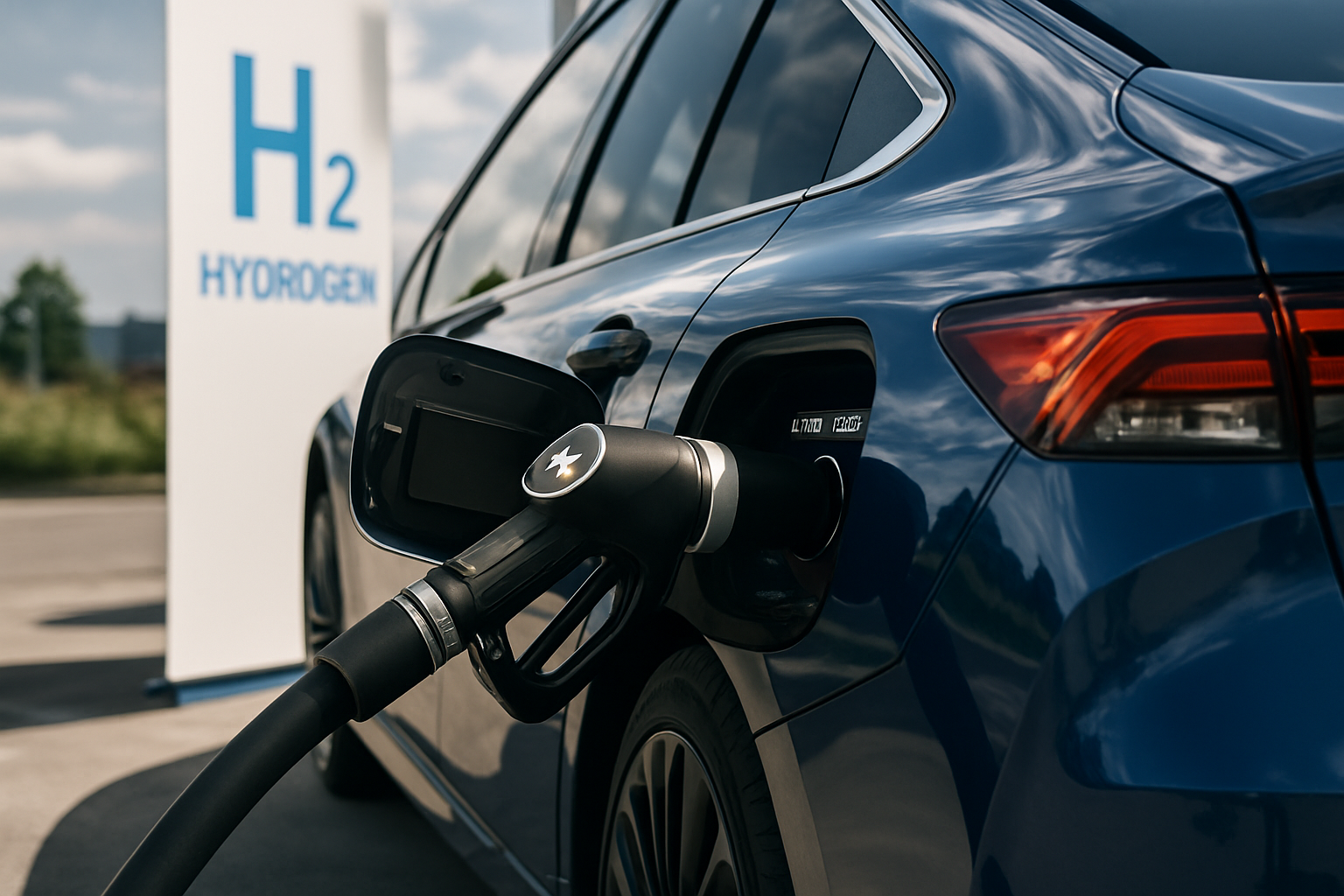Biomechanics of Capoeira: The Dance-Like Martial Art
Capoeira, a Brazilian martial art that combines elements of dance, acrobatics, and music, has captivated practitioners and audiences worldwide with its fluid movements and unique cultural significance. But beneath the graceful exterior lies a complex interplay of biomechanical principles that make this art form both effective and mesmerizing. This exploration delves into the intricate world of Capoeira's biomechanics, unraveling the science behind its captivating movements and the physical demands placed on its practitioners.

The Ginga: Foundation of Fluid Movement
At the heart of Capoeira lies the ginga, a fundamental movement that serves as both a defensive stance and a launching pad for attacks. The ginga’s side-to-side swaying motion creates a perpetual state of readiness, allowing practitioners to seamlessly transition between defensive and offensive maneuvers. From a biomechanical perspective, the ginga is a marvel of efficiency and balance control.
The ginga’s effectiveness lies in its ability to maintain a low center of gravity while constantly shifting weight between the legs. This continuous movement engages the core muscles, particularly the obliques and transverse abdominis, which work in concert to stabilize the torso. The alternating weight shifts also activate the hip abductors and adductors, enhancing lateral stability and power generation for subsequent movements.
Moreover, the ginga’s rhythmic nature facilitates proprioception—the body’s ability to sense its position in space. This heightened awareness allows Capoeiristas to react swiftly to their opponent’s movements, making split-second decisions to attack or evade. The constant motion also serves to mask the practitioner’s intentions, making it difficult for opponents to anticipate their next move.
Acrobatic Kicks: Defying Gravity with Precision
Capoeira is renowned for its impressive array of acrobatic kicks, many of which seem to defy the laws of physics. Moves like the meia lua de compasso (half-moon compass kick) and armada (spinning kick) showcase the art form’s unique blend of power, flexibility, and control. These kicks are not merely for show; they are effective striking techniques that leverage biomechanical principles to generate maximum force with minimal telegraphing.
The execution of these kicks involves a complex interplay of muscle groups and joint movements. Take the meia lua de compasso, for example. This sweeping kick begins with a rapid hip rotation, engaging the powerful muscles of the core and lower back. As the leg swings outward, the hip flexors and quadriceps activate to lift the leg, while the hamstrings and glutes work eccentrically to control the movement’s speed and trajectory.
The biomechanical efficiency of these kicks lies in their use of rotational momentum. By initiating the movement from the core and allowing it to propagate outward through the limbs, Capoeiristas can generate significant force while maintaining balance and control. This principle of proximal-to-distal sequencing is a hallmark of efficient movement in many sports and martial arts.
Furthermore, the execution of these kicks requires exceptional flexibility, particularly in the hip joints and hamstrings. Regular practice of Capoeira movements can lead to increased range of motion in these areas, contributing to overall athletic performance and reducing the risk of injury in other physical activities.
Balance and Proprioception: The Invisible Skills
While the flashy kicks and acrobatic movements often steal the spotlight, the true foundation of Capoeira lies in the practitioner’s ability to maintain balance and spatial awareness in dynamic situations. These skills are crucial for executing complex techniques and transitioning seamlessly between movements.
From a biomechanical standpoint, balance in Capoeira is achieved through a constant interplay between the visual, vestibular, and somatosensory systems. The visual system provides information about the environment and the opponent’s position, the vestibular system in the inner ear detects changes in head position and acceleration, and the somatosensory system provides feedback about the body’s position in space.
Capoeira training enhances these systems through repeated exposure to challenging balance situations. Movements like the bananeira (handstand) and queda de rins (kidneys fall) require practitioners to maintain stability in inverted positions, strengthening the proprioceptive feedback loops and improving overall body awareness.
Moreover, the dynamic nature of Capoeira movements challenges the body’s ability to maintain postural control during rapid changes in position. This constant demand on the balance systems leads to neuroplastic adaptations, improving the practitioner’s overall balance and coordination even outside the context of Capoeira.
Energy Systems and Metabolic Demands
The diverse nature of Capoeira movements places unique demands on the body’s energy systems. A typical Capoeira session involves periods of low-intensity movement (such as the ginga) interspersed with bursts of high-intensity acrobatic maneuvers. This intermittent pattern of activity engages both the aerobic and anaerobic energy systems, making Capoeira an excellent form of cardiovascular exercise.
During low-intensity phases, the aerobic system predominates, utilizing oxygen to break down carbohydrates and fats for energy. This system supports the continuous, rhythmic movements that characterize much of Capoeira practice. However, during explosive movements like kicks and acrobatic sequences, the body relies heavily on the anaerobic alactic system, which provides quick bursts of energy without the production of lactic acid.
The frequent transitions between these energy systems contribute to the development of both aerobic endurance and anaerobic power. Regular Capoeira practice can lead to improvements in VO2 max (a measure of aerobic fitness) as well as enhancements in the body’s ability to buffer lactic acid during high-intensity efforts.
Furthermore, the varied nature of Capoeira movements engages multiple muscle groups throughout the body, promoting overall muscular endurance and functional strength. The constant bodyweight movements involved in Capoeira can lead to improvements in relative strength—the ability to control one’s body weight effectively—which has applications in many other athletic pursuits.
Injury Prevention and Biomechanical Adaptations
While Capoeira offers numerous physical benefits, it also presents unique challenges in terms of injury prevention. The art form’s emphasis on flexibility, particularly in the lower body, can sometimes lead to overuse injuries if proper technique and progression are not emphasized.
From a biomechanical perspective, the repeated stress placed on the hip joints and lower back during high kicks and acrobatic movements can potentially lead to issues such as hip impingement or lower back strain. However, proper training methodologies that focus on gradual progression and the development of supporting muscle groups can mitigate these risks.
Interestingly, long-term Capoeira practice can lead to beneficial biomechanical adaptations. Regular practitioners often develop increased bone density in the lower limbs due to the impact forces involved in many Capoeira movements. This adaptation can contribute to improved overall skeletal health and reduced risk of osteoporosis later in life.
Additionally, the emphasis on unilateral movements in Capoeira (such as single-leg balances and asymmetrical kicks) can help correct muscular imbalances and improve overall body symmetry. This balanced development of strength and flexibility throughout the body can have positive carry-over effects to other physical activities and daily life.
The Role of Music in Movement Biomechanics
A unique aspect of Capoeira that sets it apart from many other martial arts is the integral role of music in its practice. The rhythmic beats of the berimbau, pandeiro, and atabaque not only provide cultural context but also play a crucial role in the biomechanics of movement execution.
Research in sports science has shown that rhythmic auditory stimulation can enhance motor control and movement efficiency. In Capoeira, the consistent rhythm provided by the music serves as an external cue that helps practitioners synchronize their movements, leading to improved timing and energy conservation.
Moreover, the tempo of the music can influence the intensity and style of the game being played. Faster rhythms typically elicit more explosive and acrobatic movements, while slower tempos may encourage a more strategic, ground-based game. This variability in musical tempo trains Capoeiristas to adapt their movement patterns and energy expenditure to match the demands of the moment, enhancing their overall movement efficiency and adaptability.
The connection between music and movement in Capoeira also has neurological implications. The simultaneous engagement of auditory processing, motor control, and rhythmic synchronization can lead to enhanced neural plasticity, potentially improving cognitive functions such as attention, memory, and multitasking abilities.
Biomechanical Analysis of Capoeira Escapes
While offensive techniques often garner the most attention, the escapes and evasive maneuvers in Capoeira are equally important from a biomechanical standpoint. Movements like the negativa (negative) and rolê (roll) showcase the art form’s emphasis on efficiency and adaptability in defensive situations.
The negativa, for instance, is a low, squatting movement that allows a practitioner to quickly lower their center of gravity, evading a high kick or strike. From a biomechanical perspective, this movement requires exceptional eccentric strength in the quadriceps and gluteal muscles to control the descent, as well as strong core engagement to maintain balance in the lowered position.
The rolê, a rolling escape that can transition into various other movements, demonstrates the importance of momentum conservation in Capoeira. By utilizing the body’s natural tendency to continue moving in the direction of applied force, Capoeiristas can efficiently redirect an opponent’s energy while setting themselves up for a counter-attack.
These evasive techniques also highlight the importance of joint mobility and flexibility in Capoeira. The ability to quickly drop into a low squat or roll across the ground without injury requires exceptional range of motion in the hips, knees, and ankles. Regular practice of these movements can lead to improved joint health and reduced risk of injury in other physical activities that require rapid changes in body position.
The Biomechanics of Partner Interaction
While many aspects of Capoeira can be practiced individually, the art form truly comes alive in the roda, where two practitioners engage in a dynamic exchange of movements. This interaction introduces a unique set of biomechanical challenges and opportunities that are not present in solo practice.
One of the key biomechanical principles at play in partner interaction is action-reaction coupling. Each movement by one practitioner creates an opportunity or necessity for a response from their partner. This continuous feedback loop requires practitioners to constantly adjust their movements based on sensory input from their opponent, enhancing their proprioception and motor adaptability.
Moreover, the close proximity of partners in the roda necessitates precise control of movement amplitude and force production. Capoeiristas must learn to generate powerful movements within a limited space, often while maintaining a specific distance from their partner. This spatial awareness and control is achieved through refined neuromuscular coordination and a deep understanding of one’s own body mechanics.
The concept of “reading” an opponent’s body language is also crucial in Capoeira partner interactions. Skilled practitioners can anticipate their partner’s intentions by observing subtle shifts in weight distribution, changes in breathing patterns, or micro-expressions. This ability to quickly process and respond to biomechanical cues is a hallmark of advanced Capoeira practice and has applications in many other sports and martial arts.
Biomechanical Efficiency in Capoeira Transitions
One of the most visually striking aspects of Capoeira is the fluidity with which practitioners transition between different movements. From a biomechanical standpoint, these seamless transitions are a testament to the art form’s emphasis on energy conservation and movement efficiency.
The concept of kinetic linking plays a crucial role in Capoeira transitions. This principle involves the sequential activation of body segments to transfer energy efficiently from one movement to the next. For example, when transitioning from a cartwheel (aú) into a kick, the practitioner harnesses the momentum generated by the cartwheel to power the subsequent kicking motion, minimizing the energy required to initiate the new movement.
Furthermore, Capoeira transitions often involve complex changes in body orientation and center of gravity. Movements like the role, which can transition a practitioner from a standing position to the ground and back up again, require precise control of angular momentum and weight distribution. The ability to smoothly redirect forces and maintain balance during these transitions is a hallmark of advanced Capoeira practice.
The biomechanical efficiency of Capoeira transitions also relies heavily on the concept of elastic energy storage and release. Many Capoeira movements involve a brief loading phase where elastic energy is stored in the muscles and tendons, followed by an explosive release of this energy to power the subsequent movement. This plyometric action not only enhances the power and speed of movements but also contributes to the overall fluidity and grace that characterizes Capoeira.
Capoeira and Functional Movement Patterns
While Capoeira is often appreciated for its aesthetic qualities, the art form’s movements are deeply rooted in functional human movement patterns. Many of the fundamental movements in Capoeira—such as squatting, lunging, rotating, and balancing—mirror the types of movements humans have evolved to perform in daily life and survival situations.
From a biomechanical perspective, the emphasis on these functional movement patterns in Capoeira contributes to the development of overall movement competency and physical resilience. The squat-like position of the ginga, for instance, strengthens the same muscle groups and movement patterns used in lifting objects from the ground or sitting and standing. The rotational movements common in Capoeira kicks and escapes mirror the twisting motions used in many daily activities and sports.
Moreover, the varied and unpredictable nature of Capoeira movements challenges practitioners to develop movement adaptability—the ability to efficiently adjust movement patterns in response to changing environmental demands. This skill has far-reaching implications beyond Capoeira, contributing to improved performance in other sports and reduced risk of injury in daily life.
The emphasis on ground movements in Capoeira, such as the role and negativa, also promotes the maintenance of fundamental movement skills that are often lost in modern sedentary lifestyles. These movements require and develop hip mobility, core strength, and overall body awareness, which can contribute to improved posture and reduced risk of common musculoskeletal issues.
Biomechanical Considerations in Capoeira Training Progression
As with any physical discipline, proper progression in Capoeira training is crucial for optimizing performance and minimizing the risk of injury. From a biomechanical standpoint, this progression should focus on gradually increasing the complexity and intensity of movements while ensuring that foundational movement patterns are mastered.
The initial stages of Capoeira training typically emphasize the development of basic movement competencies, such as the ginga, basic kicks, and fundamental escapes. This phase focuses on establishing proper movement mechanics and developing the requisite strength and flexibility for more advanced techniques. Biomechanically, this stage is crucial for developing the neuromuscular coordination and proprioceptive awareness that will form the foundation for future skill development.
As training progresses, the focus shifts towards more complex movement combinations and the introduction of acrobatic elements. This phase challenges the practitioner’s ability to seamlessly transition between movements and maintain control in varied body positions. From a biomechanical perspective, this stage emphasizes the development of dynamic balance, power transfer between movements, and the ability to generate force from unstable positions.
Advanced Capoeira training often incorporates partner work and participation in the roda. This stage introduces the biomechanical challenges of real-time adaptation to an opponent’s movements and the need to make split-second decisions based on sensory input. The unpredictable nature of these interactions places high demands on the practitioner’s proprioceptive systems and requires a deep integration of previously learned movement patterns.
Throughout this progression, it’s crucial to maintain a focus on proper biomechanics to prevent the development of compensatory movement patterns that could lead to injury. Regular assessments of movement quality and targeted corrective exercises can help ensure that practitioners develop efficient and sustainable movement habits as they advance in their Capoeira practice.
The Future of Biomechanical Research in Capoeira
As interest in Capoeira continues to grow worldwide, so too does the scientific community’s interest in understanding the biomechanical intricacies of this unique art form. Advanced motion capture technologies and force plate analyses are now being employed to quantify the forces and movement patterns involved in various Capoeira techniques.
These studies are providing valuable insights into the optimal biomechanics for executing Capoeira movements, which can inform training methodologies and injury prevention strategies. For instance, research into the ground reaction forces involved in acrobatic landings can help practitioners develop safer techniques for high-impact movements.
Furthermore, biomechanical analysis of Capoeira movements is contributing to our understanding of human movement more broadly. The unique combination of dance-like fluidity and martial effectiveness in Capoeira provides a rich field for studying the relationships between movement efficiency, power generation, and adaptability.
As wearable technology becomes more advanced and accessible, we may soon see real-time biomechanical feedback integrated into Capoeira training. Imagine a future where practitioners can receive instant analysis of their movement patterns, helping them optimize their technique and prevent potential injuries.
The interdisciplinary nature of Capoeira research, combining elements of biomechanics, musicology, and cultural studies, also holds promise for advancing our understanding of the mind-body connection in movement. Studies exploring the neurological effects of rhythmic movement synchronized to music could have far-reaching implications for fields such as rehabilitation and cognitive science.
Conclusion: The Art and Science of Capoeira
Capoeira stands as a testament to





